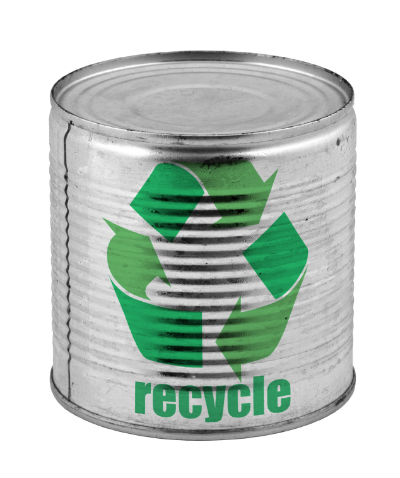Among the most stressful tasks after dealing with metals in manufacturing is the handling of scrap metals. While there is a range of metal disposal methods, including hauling and disposing of the waste at a landfill, there is no better way to do so than metal recycling. Recycling comes with a range of advantages. You preserve the environment, evade landfill taxes, and save time. Recycled metals are also an excellent source of valuable raw materials.
Metals are versatile and can be used creatively for various industrial processes, including car, railroad, and ship manufacturing. What seems like waste to you can be used to manufacture domestic items such as packaging boxes and cutlery. Even better, metals can be recycled over and over without changing their physical and chemical properties. The primary challenge, however, comes in determining how to recycle metals correctly. Read on for some insightful tips on how to recycle metal.
Tips on Smooth Metal Recycling Process
Getting scrap metal back to good use should be a seamless process, and proper logistics should be put in place to facilitate the operation. Here are some of the essential tips to assist you in carrying out the process effectively and efficiently.
Collection and Sorting
The first and most important step is collecting and sorting all waste items made of metal. If you are in the manufacturing industry that deals with an abundance of waste materials, the best way to sort metals is to invest in containers specifically designed for metal scrap collection. This will save you from wasting time when it comes to transporting the waste metals to a recycling plant. You may also visit an accredited scrap yard for waste metals collection benchmarking.
Sorting involves separating the recyclable waste metals from the non-recyclable materials. The quality of the metal plays a crucial part in determining the quality of the end products. Therefore, sorting demands a strict checkup to ensure that the collected products are at least 50% metal and are of the right quality.
Storage
Businesses should invest in good storage facilities for scrap metals. Having an established storage area saves you from making countless trips to the recycling facility. You can store all the metals in one place for efficiency and convenience. As such, you can collect waste metals two days a week and visit the recycling facility only once a week.
Metal Processing
Now that you have all the materials sorted and ready for recycling, the next step is to process them. This is where you squash and squeeze the material to reduce its size. Processing ensures the metals occupy little space in the conveyor belts and, in return, facilitates massive recycling at once. After processing, you should shred the metals to break them into small pieces before further processing. These small pieces can be melted quickly using less energy and time.
Melting
Melting is the next step after processing and shredding. This process requires you to have a large furnace designed to handle the metals depending on their specific chemical and physical properties. Although melting demands a high amount of energy, it is still more efficient than making metal from scratch. Ensure that the volume of the furnace is big enough to hold your desired capacity.
Solidifying
After melting and purifying the metal, it is time to solidify it in a cooling chamber. At this stage, the metal is cooled and solidified into a material you can reuse to manufacture a range of goods. You are also required to add some chemicals to the molten metal to boost its density.
The Bottom Line
Recycling is the most effective waste disposal method in today’s world. Thanks to technology, the process has become easier and more efficient. With the tips above, you will have a smooth metal recycling experience. Nonetheless, you should entrust the process to professionals and let them do what they do best.

















































































